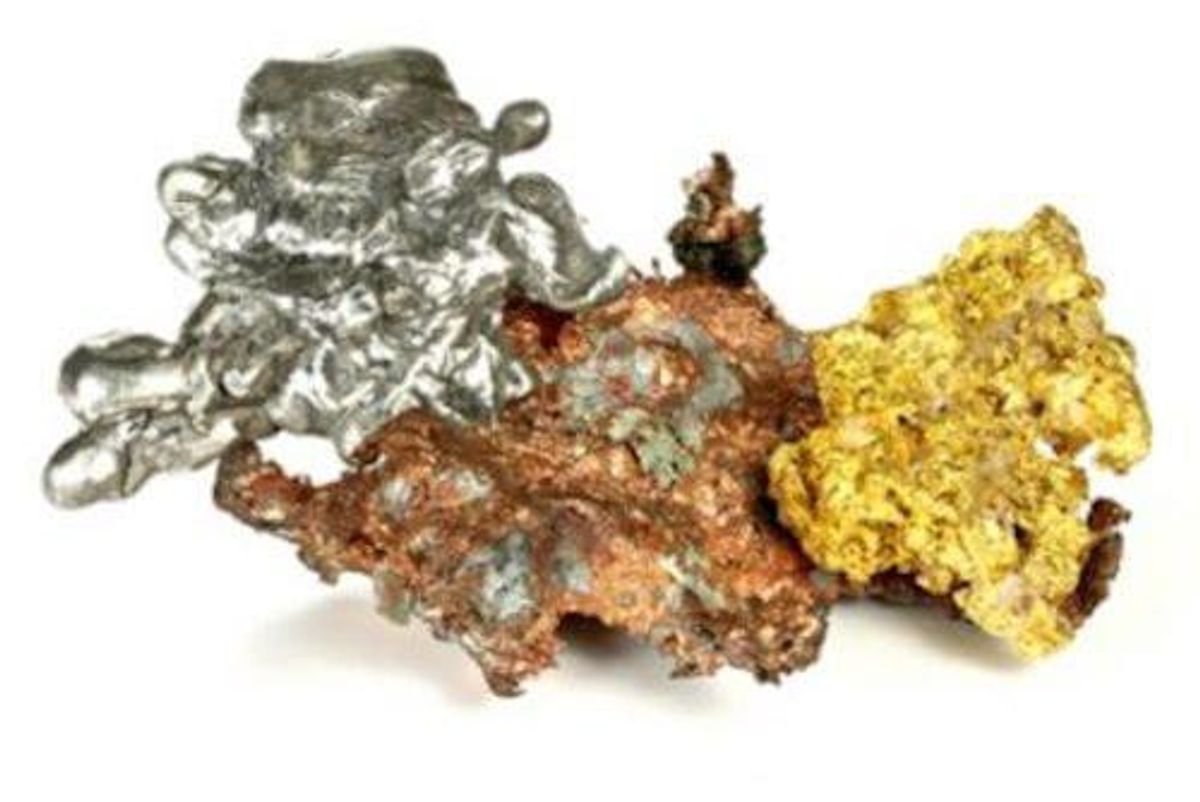Precious Metals Weekly Round-Up: Gold Flat on US-China Interim Deal

Precious metals were muted again this week as the markets responded to a potential deal between the US and China.
The gold price was relatively flat on Friday (December 13) after inside sources claimed that the US and China have reached an interim trade deal, thus avoiding a new round of US tariffs and sending investors away from the yellow metal to riskier assets.
As part of an alleged first phase deal, Washington has agreed to offer Beijing some tariff relief as well as pause on a tranche of new tariffs.
“The problem for gold is that when everything else looks good, there’s less incentive to move into gold, which is what we’ve seen,” Bart Melek, head of commodity strategies at TD Securities (TSX:TD), told Reuters in an interview after the news hit.
The first phase of a deal between the countries was originally set to be completed in November, but was given a new deadline of December 15 when it became clear that the two would not be landing on an agreement that would mutually benefit both.
Over the course of the year, gold has been largely supported by the trade war, which has helped it gain over 15 percent. The dispute between two of the world’s largest economies has caused turmoil in the markets and has had investors concerned over a global economic slowdown.
Earlier in the week, gold was given a slight boost when the US Federal Reserve decided to hold steady on the current interest rate of 1.5 to 1.75 percent.
The decision was made after a two day meeting, which took place on Tuesday (December 10) and Wednesday (December 11).
“Our economic outlook remains a favorable one, despite global developments and ongoing risks,” Fed Chair Jerome Powell said in a news conference shortly after the release of the latest policy statement and new quarterly economic projections.
“As the year progressed we adjusted the stance of monetary policy to cushion the economy and provide some insurance … This shift has helped support the economy and has kept the outlook on track.”
As of 9:52 a.m. EST on Friday, the yellow metal was trading at US$1,472.80 per ounce.
Silver was also muted on Friday, but made gains overall during the week.
The white metal took hits as its safe haven appeal declined, but despite this, it sailed towards its best week since late October, gaining over 2 percent.
Despite a slightly shaky start to December, silver is 9.7 percent higher on a year-to-date basis.
“Going forward, prices are seen rising marginally, supported by stronger global industrial production next year,” states a recent FocusEconomics report. “The possible signing of a partial trade deal between the US and China will be a key factor to watch ahead, due to its potential to affect both safe haven and industrial demand.”
As of 9:58 a.m. EST on Friday, silver was changing hands at US$16.91 per ounce.
In terms of the other precious metals, platinum was flat on Friday, but is set to have its best week since late August, rising over 5 percent.
Going forward, FocusEconomics believes that prices are likely to pick up slightly on the back of a fall in global supply. Despite this, weak automotive demand, the result of a shift away from diesel vehicles in the European Union, is seen capping the metal’s gains.
As of 10:11 a.m. EST on Friday, platinum found its footing above US$900 per ounce, trading at US$935.
Palladium was the only precious metal to make gains on Friday, with a large enough increase to hit over US$1,900 per ounce for the first time.
The metal pushed passed the US$1,900 level on Tuesday after a power outage in South Africa stopped production at several mines and exacerbated concerns over a supply shortage.
“South Africa produces 40 percent of world’s palladium and the ESKOM outages are hitting some mines, giving palladium just that extra nudge above US$1,900,” Tai Wong, head of base and precious metals derivatives trading at BMO (TSX:BMO,NYSE:BMO), told Reuters.
Since the beginning of the year, the metal has risen over 40 percent, with its large gains being attributed to stricter environmental regulations around car emissions.
While sales for traditional vehicles are slipping, air quality rules in line with cutting pollution have prompted automakers to increase the amount of palladium used in catalytic converters, as it helps vehicles reduce their emissions.
As demand increases from the automotive sector, supply shortfalls are beginning to emerge, giving the spot price a boost on the market.
As of 10:20 a.m. EST on Friday, palladium was trading at US$1,939.
Don’t forget to follow us @INN_Resource for real-time news updates!
Securities Disclosure: I, Nicole Rashotte, hold no direct investment interest in any company mentioned in this article.